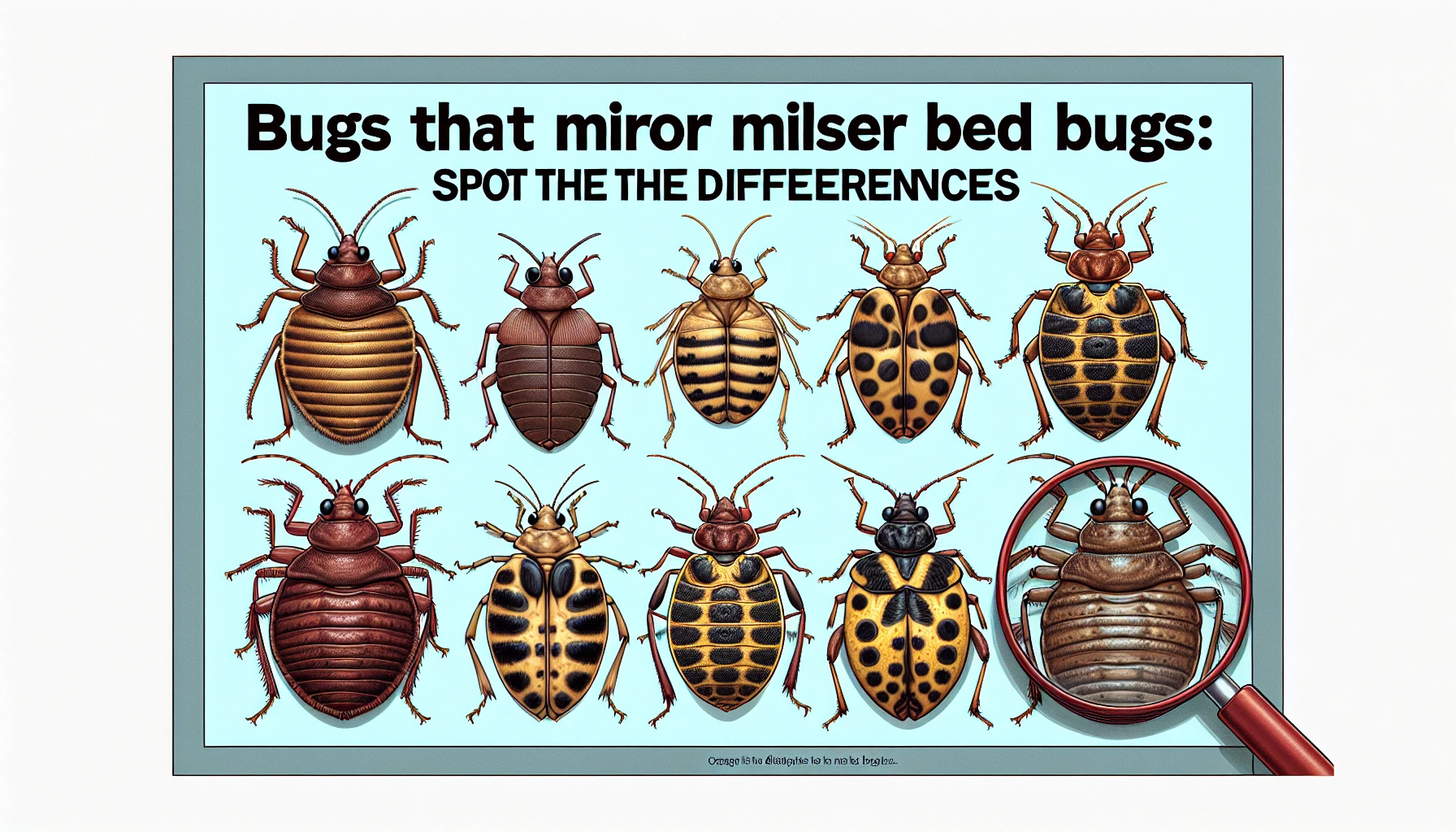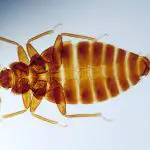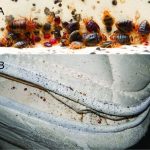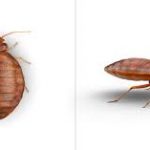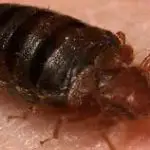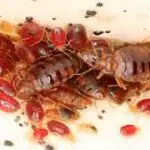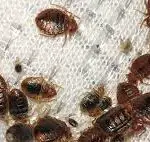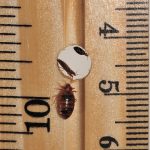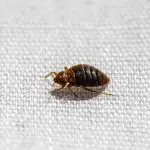Bugs That Mirror Bed Bugs: Spot the Differences
Introduction to Bed Bug Mimics
Hark! Let not your gaze be fooled by the cunning mimics of the bed bug kingdom. Much like a chameleon blends with its surroundings, there exists a myriad of insects that bear striking resemblance to our notorious bedfellows, the bed bugs. The reason behind this frequent case of mistaken identity lies within their deceptive appearances. Alas, differentiating between the true bed bug and its doppelgängers is a quest of utmost importance, for only with accurate identification can one wield the sword of effective pest control strategies.
Imagine this scenario: you’re sipping your morning coffee, and a spot on your arm catches your eye. You lean in, squinting, and there it lies — a tiny bug. Your heart races, your cup clatters onto the counter, images of bed bug horror stories flashing before your eyes. But hold your horses! It may just be a harmless imposter wearing the bed bug’s cloak.
Ensuring accurate identification is akin to the practices of a seasoned detective analyzing evidence before pinpointing the culprit. Miss the mark, and you might subject your abode to treatments as futile as a rain dance in the Sahara. The importance of this process cannot be understated; it is the very foundation upon which successful pest liberation efforts are built.
Let’s set the record straight: not all bugs in your bed are bed bugs. Some of the usual suspects include the spider beetle, with its shiny globe-like abdomen; the carpet beetle, flaunting its fashionably patterned back; and the booklouse, a pesky critter that, unlike the bed bug, feasts on mold rather than human flesh. Ew, right?
Identifying the true villain demands a keen eye and knowledge, such as understanding that bed bugs are champions of hide-and-seek, dwelling in cracks and crevices until nightfall beckons. Yearn for further enlightenment? Fret not, for resources like the guide to bed bug identification shall light your path.
If your blankets seem to be hosting an infestation, examining the evidence is key. The bed bug, infamous for nocturnal blood feasts, leaves behind a trail of itchy welts, unlike their mimicry masters. And that’s just the tip of the iceberg! There’s more to unfold within this enthralling realm of imposters.
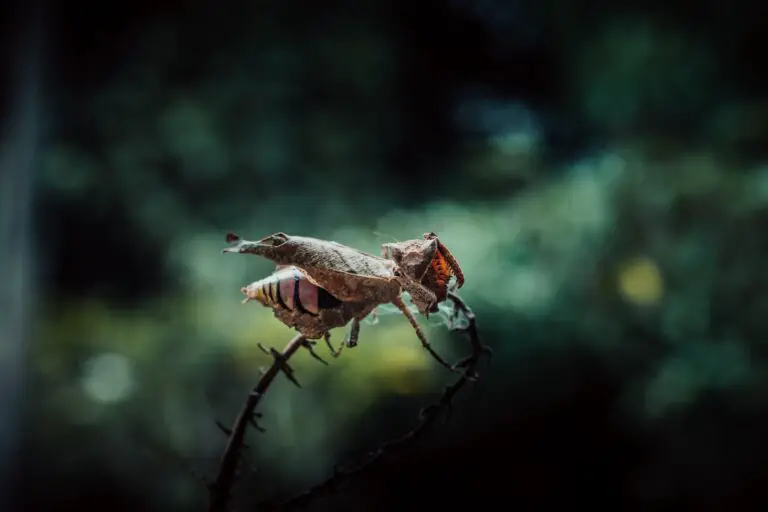
In summary, dear reader, let us embark on this journey with the wisdom that not all that bites in the night are bed bugs. As we pull back the curtain on these dastardly mimics, let us proceed with both caution and curiosity. Arm yourself with knowledge, and you shall find victory in your quest to reclaim your peaceful slumber from the grip of these unwelcome guests.
Understanding Bed Bugs
Think quick: what’s the first thing that comes to mind when you spot a small, apple-seed-sized critter crawling across your bed sheet? If you’re like most folks, you might jump to the conclusion that you’ve got bed bugs. But before you hit the panic button, let’s take a moment to really understand what these elusive pests are all about.
Bed bugs are the uninvited guests that nobody wants to encounter. They’re tiny, sneaky, and have a penchant for hiding in the coziest corners of your sleeping quarters. Known scientifically as Cimex lectularius, these little buggers have adapted to live in close quarters with humans, which is why they are a significant concern, especially in urban dwellings and hospitality industries. When it comes to appearances, bed bugs are pretty distinctive—flat, oval-shaped, and reddish-brown. It’s like they decided to dress in their most inconspicuous outfit to crash your personal space!
So, why the fuss? Well, aside from the ‘ick’ factor, bed bugs are infamous for their bites. They come out to feed on your blood, usually at night, and leave behind itchy, red welts on your skin. It’s a real nightmare for anyone looking for their beauty sleep! But it’s not just about unpleasant bites; these critters can spread rapidly from one place to another, hitching a ride on luggage, clothing, or furniture. It’s why efficient detection strategies and pest control tips are crucial in keeping these unwanted visitors at bay.
Now, take a peek at this video—because seeing is believing, right? It’s one thing to read about bed bugs, but it’s another to spot them in action. This clip gives a rundown on how to identify these pests, ensuring you’re prepared to safeguard your space from their unwelcome presence.
Let me give you a real-life scenario: Imagine checking into a lovely inn after a long journey, only to wake up with a constellation of itchy bites on your arm. Not the souvenir you had in mind, right? There lies the crux of the bed bug dilemma. They’re expert stowaways and reproduce quicker than you can say ‘exterminator’—which is why understanding their MO is the first step in a bug-free life!
Common Insects Mistaken for Bed Bugs
Ever woken up with a bite and immediately accused the notorious bed bug? Before you sound the alarms, let’s introduce some common masqueraders that could be the real culprits. These look-alikes often lead to misidentification, resulting in unwarranted panic and incorrect treatment methods.
Take the Carpet Beetle, for example—this little guy has a knack for snacking on your woolen sweaters rather than nibbling on you. Carpet Beetles fancy fibers over flesh, displaying varied patterns of white, brown, and yellow scales on their backs, unlike the bed bug’s consistent reddish-brown hue.
Similarly, the Booklouse is often found in libraries, munching away on the glue in book bindings. While these pests share the bed bug’s small, flat body shape, they prefer the taste of mold and fungi over human blood. Spotting these critters might hint at a humidity issue rather than a bed bug invasion.
Next, let’s chat about the innocuous Flea. Known for their Olympic-level jumping skills, Fleas are the bane of your furry friends’ existence. They’re darker, smaller, and have a more glossy exterior compared to the non-aerial bed bug. Fleas are likely to show up if you have pets, so keeping an eye on your four-legged family members can help distinguish between the two.
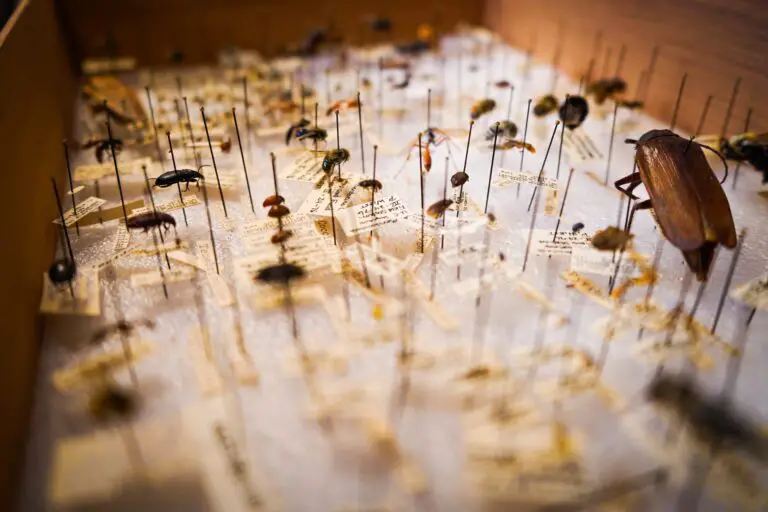
Pest perspicuity is key to proper management. If uncertainty lurks, consider visiting an insect identification guide to shed some light on these mysterious miniatures. In the meantime, if you’re looking for insight on determining whether you’re dealing with bed bugs or their doppelgangers, check out this useful resource for clear pointers.
Remember, identifying the correct critter is crucial for effective control. Don’t let imposters throw you off track—stay observant and informed to ensure that you address the right pest problem!
Bat Bugs: Close Relatives to Bed Bugs
Have you ever stumbled upon a bug in your home and immediately jumped to the conclusion that it’s a bed bug? Don’t fret! It could be a case of mistaken identity. Meet the bat bug, a close cousin of the notorious bed bug that might just be an impostor under your roof. Let’s delve into the world of these critters to spot the differences that matter.
Unmasking the Bat Bug
Frequenting the same haunts as bats, these lookalikes are often found in attics or places where bats roost. However, unlike bed bugs that prefer the warmth of your bed, bat bugs hitch a ride into your home by latching onto wayward bats. Distinctive features? Look at their longer hairs when peering through a magnifying glass – it’s their telltale sign!
And habits? Bat bugs are somewhat reclusive; without bats, they’re like partygoers without a venue – lost and less troublesome. But don’t be fooled, in the absence of their preferred host, they’ll settle for human blood. So, if your bat population decides to vacate, be vigilant! These freeloaders might just shift their attention to you and your loved ones.
To truly get a grip on identifying bat bugs and preventing mistaken encounters, check out this insightful video:
Remember, spotting the differences between bed bugs and their mimics is crucial. Are you waking up with itchy marks? It might not be the common bed bug after all. Frequent bat visitors could suggest you have bat bugs instead. Investigate their hideouts, and you might just solve the riddle of who’s been feasting on you at night!
Understanding these nuances is your first line of defense. Keep an eye on the critters that share your space, and you’ll stand a better chance at maintaining a bug-free zone. After all, it’s all about knowing your enemy, or in this case, knowing your uninvited guest!
Carpet Beetles: The Spotty Imposters
Have you ever spotted a tiny critter crawling on your cozy living room carpet and thought, “Uh-oh, is that a bed bug?” Well, you’re not alone. Carpet beetles are one of those sly little imposters that often get mistaken for their more infamous lookalike, the bed bug. But fear not, bug detectives, we’re here to crack the case on these spotty squatters!

First off, let’s talk about appearances—because in the bug world, looks can be deceiving. The larvae of carpet beetles have this freckled, bristly exterior that can cause quite the stir. They’re like the rebellious teens of the insect realm, sporting a punk rock vibe with a spiky ‘hairdo.’ Now, while these larvae might have a passing resemblance to bed bugs, they’re really just harmless wannabes.
So, how do you tell them apart? Think of it as playing a game of ‘Spot the Difference.’ Adult carpet beetles have a taste for the finer things in life, like your wool sweaters and those precious Persian rugs. They’re dressed to impress with their chic, patterned wing covers, while bed bugs… well, they’re more into a minimalistic, flat-bodied style—fully committed to their diet of, you guessed it, your blood.
Next up on our bug runway are the young carpet beetle larvae, strutting their stuff with their dark, elongated bodies dotted with patches of bristles. They’re often kicking back in the plush surroundings of your carpet. On the other hand, bed bug nymphs have a more subdued aesthetic, preferring the simple life hidden away in mattress seams or behind baseboards.
Let’s not forget about lifestyle choices. Carpet beetles are the free-spirited vagabonds of the bug world. They flutter in from the great outdoors to grace your home with their presence—unlike bed bugs, which are the clingy roommates that never want to leave your side. If you’ve got adult beetles flying around, chances are they’re just passing through, while bed bugs tend to settle down and raise a family in the nooks and crannies of your bedroom.
Identifying these spotted squatters is just the first step. Proofing your home against these spotty imposters and their lookalikes is about keeping things clean and clutter-free. Regular vacuuming can evict any beetle wannabes, and a keen eye can save your skin from those not-so-cuddly bed bugs. With a little bit of know-how and some diligent detective work, you can keep your sanctuary safe from these freeloading critters.
Fleas: Jumping the Gun on Bed Bug Identification
When it comes to uninvited guests in your home, not all are created equal. Though bed bugs have risen to notorious fame, their doppelgängers—the agile fleas—often confuse even the sharpest of eyes. Let’s leap into the nuances that set these two apart, notably the remarkable jumping prowess exclusive to fleas.
Picturing a typical scene: your furry pet, a beloved member of the family, suddenly begins to scratch more frequently. The initial thought might dart to bed bugs, but did you know that fleas are the Olympic jumpers of the bug world? Unlike bed bugs, which are more like marathon crawlers, fleas can vault up to 8 inches vertically—approximately 150 times their own height! This acrobatic trait can quickly differentiate a flea problem from a bed bug infestation.
However, it’s not just about their athletic talent; bites provide another clue in this game of insect identification. Flea bites are often concentrated around the ankles or lower legs, distinguishable by their small, red, and itchy demeanor, often appearing in a neat line or curve. Bed bug bites, on the other hand, can show up anywhere on your body as they crawl out at night for a feast, looking like a series of red, itchy welts. Understandably, it’s easy to misconstrue one for the other, but closer inspection can lead to a proper diagnosis.
Imagine waking up to a constellation of bites and wondering who the culprit is. A little bit of detective work can go a long way. Bed bugs are sneaky, hiding in mattresses and furniture crevices, only emerging from their lairs when the coast is clear. Fleas, though, are bold, hopping onto pets and humans alike without a care in the world other than their next blood meal. Recognizing these differences is crucial for applying the appropriate combat strategies.
For a deeper dive into spotting these pesky imposters, check out this engaging video. It offers valuable insights into distinguishing a flea’s high jump from a bed bug’s crawl and the various implications of their bites:
Bugs That Mirror Bed Bugs: Spot the Differences
Spider Beetles: The Rounded Look-Alikes
Have you ever spotted a tiny, round bug and experienced that momentary heart-drop, thinking, “Oh no, bed bugs!” only to realize it’s just a spider beetle? These rounded look-alikes can fool even the keenest of eyes with their bed bug-like shape. Yet, they’re about as different from bed bugs as superheroes are from villains when it comes to behavior.
First off, let’s chat about what exactly a spider beetle is. Picture this: you’re rummaging through your pantry, and there it is—a small, rotund insect scuttling away from the spotlight. That’s your spider beetle. Named for their resemblance to spiders due to their long legs and rounded bodies, spider beetles are more of a nuisance in your dry goods than a nightmare in your sheets.
When it comes to diet, these fellows are the complete antithesis of bed bugs. Spider beetles would rather feast on your cereals, flour, and even dried fruits than take a bite out of you. Unlike bed bugs, they don’t hide in your mattress waiting for a midnight snack. They are the scavengers of your storage areas, sneaking around in search of their next plant-based meal. They’re more into grains than veins!
But let’s dish out some real-life examples. Say you’ve got an old box of oats shoved in the back of your cupboard. One day, you pull it out, only to find a congregation of these beetle beauties having what looks like a small banquet. This is their jam—not cozying up next to you without consent.
Curious to see these pantry party-crashers in action? Take a peek at this up-close-and-personal look at spider beetles and broaden your buggy horizons:
Remember, while spider beetles may share a vague visual similarity with bed bugs, they’re like distant cousins twice removed on the insect family tree. No need for alarm if you spot one—just maybe a tighter seal on your pantry items!
Booklice: Mistaken Identity in High Humidity
When it comes to uninvited houseguests, few are mistaken quite as often as the innocuous booklouse. Unlike their vexing doppelgängers, bed bugs, booklice are non-biting pests that flourish in damp environments. Imagine you’re sifting through old storage boxes in your attic when you spot tiny, pale insects amid the pages of stored books. Before sounding the bed bug alarm, take a closer look – those critters might just be booklice seeking moisture in a high-humidity hideout.
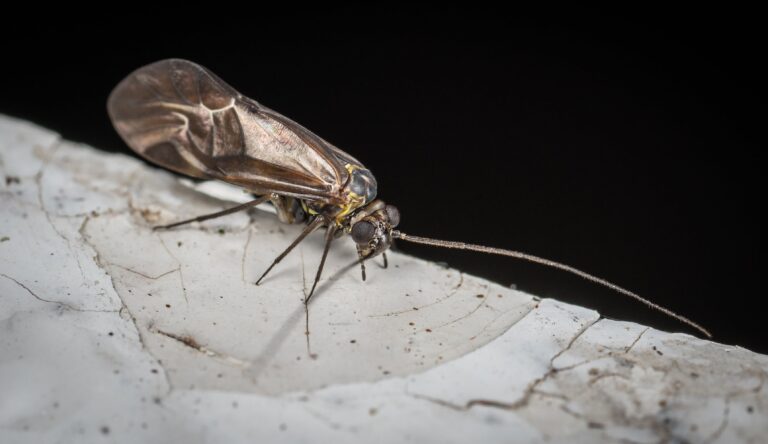
Booklice, or psocids, are often found where mold thrives, thanks to their appetite for fungi. It’s a common scenario: your bathroom experiences a leak, and the humidity levels rise, creating a perfect breeding ground for these mold aficionados. Rather than feasting on your blood like bed bugs, they’re busy bulldozing through mold and mildew, often going unnoticed until their numbers swell.
Because of their diminutive size and light coloration, booklice can be mistaken for juvenile bed bugs at a glance. However, a discerning eye will spot several differences. Booklice have a narrower body and longer antennae compared to the more robust shape of young bed bugs. One’s a nuisance wrecking havoc on your sleep and skin; the other is just an unassuming mold muncher.
It’s easy to see why the confusion arises. You find an itchy welt and spot these tiny insects nearby, and the first thought is bed bugs. But remember, correlation does not equal causation. No need to toss your mattress just yet – these imposters are harmless to humans, though they may indicate a larger issue with moisture in your home that’s worth addressing.
Effective Strategies for Accurate Pest Identification
Picture this: You’re cozily tucked into bed when the faint but undeniable scurrying of tiny feet alerts you to uninvited guests. Your first thought might be bed bugs, but hold on! Did you know there are a host of other critters that bear a striking resemblance to these notorious nighttime nibblers? In the quest for clear-cut identification, one needs to channel their inner detective and acquire a keen eye for detail. Let’s dive into some practical techniques and tips for homeowners and professionals alike to spot the differences and avoid the common case of mistaken identity.
Master the Visual Vetting Process
It begins with a visual examination. While the resemblance might be uncanny, each bug brings its own unique characteristics to the table. Start by scrutinizing the physical attributes—size, shape, and color can all serve as critical clues. For instance, while the bed bug sports a reddish-brown coat, the similarly shaped bat bug prefers a slightly darker wardrobe. And although both may attend the same late night feast on your blood, knowing this subtle difference can be the deciding factor in determining the culprit.
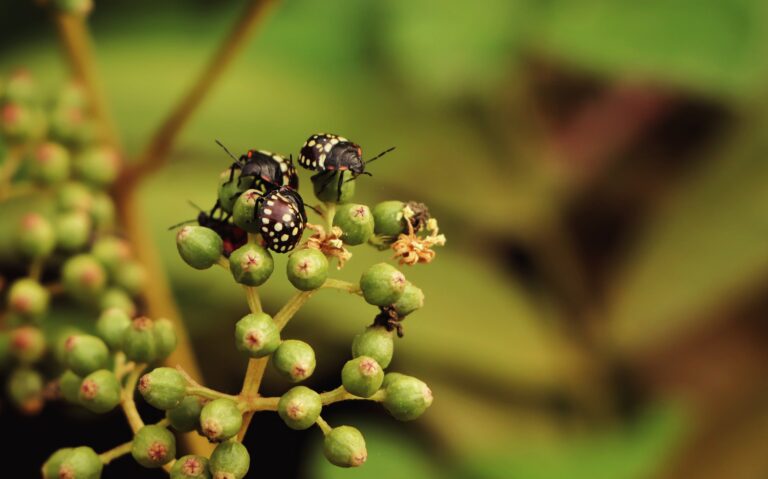
Consider the Context of Your Conundrum
Context is king when it comes to critter identification. Where you find these bugs can be just as telling as how they look. For example, carpet beetles, often mistaken for their bed dwelling doppelgangers, are usually spotted near, you guessed it, carpets! They also have an affinity for clothing and other fabrics. Unlike the indiscriminate bed bug, carpet beetles have a taste for a more fibrous diet. Your detective work must extend beyond the visual and into the habitat and behavior of your suspects.
The Telltale Signs: Spotting the Subtle Differences
You’ve done your visual vetting, you’ve considered the context, now it’s time to look for signs that could lead to a positive ID. Shed skins, fecal spots, and bite patterns can be incredibly indicative of the type of pest you’re dealing with. The trail of evidence left behind by bed bugs often features tiny black specks clustered around sleeping areas, whereas carpet beetles prefer to drop their skins and feces along the paths of their fibrous feasts.
When you’re up against bugs that mirror bed bugs, it pays to be informed. Arm yourself with knowledge, pay attention to the minutiae, and appraise your home’s ecosystem carefully. With these strategies, you stand a much better chance of accurately naming your nocturnal visitors. Stay vigilant, and may your nights be pest-free!
Prevention and Control: Keeping the Real Culprits at Bay
Battling bed bugs can feel like a never-ending war. It’s even trickier when invaders masquerade as your usual suspects. It’s not just the bed bugs that crave a chunk of your peace; their doppelgangers are in it too. We’re arming you with the best defense strategies to prevent these critters from turning your home into their playground.
Let’s start with prevention, shall we? It’s simple: cleanliness is your fortress. Regular vacuuming, particularly around your bed, can deter these unwanted guests. And remember, they’re travelers – they hitch rides on luggage, clothes, and second-hand furniture. Here’s a real-life hack: when you return from your travels, become a ‘luggage inspector’. Give it a good vacuum before it reconnects with your cozy space.
Now, should you spot some bug that ‘kinda sorta’ looks like a bed bug, don’t fret! A thorough inspection is key. Pull out your detective magnifying glass and study their shapes, sizes, and habits. Knowledge is power! By pinpointing exactly what you’re dealing with, you choose the right weapon in your control arsenal.
Pro Tip: Starve Them Out
Those menacing mimics can’t live long without a meal. Keep your space so clean it’s practically a desert for them – you might just starve them out of existence. But, let’s face it, sometimes the invasion is beyond the powers of a scrub and vacuum. You’ve got to bring in the reinforcements.
Calling professional pest control services can be a game-changer. These wizards come armed with tools and tricks that go beyond the reach of mortal residents. Plus, they’ve got chemicals that pack a punch – always following the safety dance, of course. A targeted approach means you hit the nail on the head, be it for real bed bugs or their sneaky look-alikes.
Wondering how to differentiate between a dust mite disco and a bed bug boogie? Let’s cut to the chase with a video that’ll guide you through the DIY pest control dance steps:
Remember, if you’re proactive and vigilant, you’ll stand a much better chance of keeping your home bug-free. Imagine your space as a fortress and you, the valiant knight, armed with a vacuum in one hand and a phone to call the pest control cavalry in the other. Let’s keep those real culprits and their equally pesky look-alikes out of our domains!
Frequently Asked Questions
Curious about those critters creeping in the corners that might just be mistaken for bed bugs? You’re not alone! Let’s dive into some of the most common queries that bug-bewildered folks have.
What are some common bugs that are often confused with bed bugs?
Crawling through the threads of your mattress or across your floor, there are a few critters that might give you a startle, masquerading as bed bugs. The usual suspects include the innocuous carpet beetle, the bloodthirsty bat bugs, and the sneaky spider beetles. They’re like the doppelgangers of the bug world!
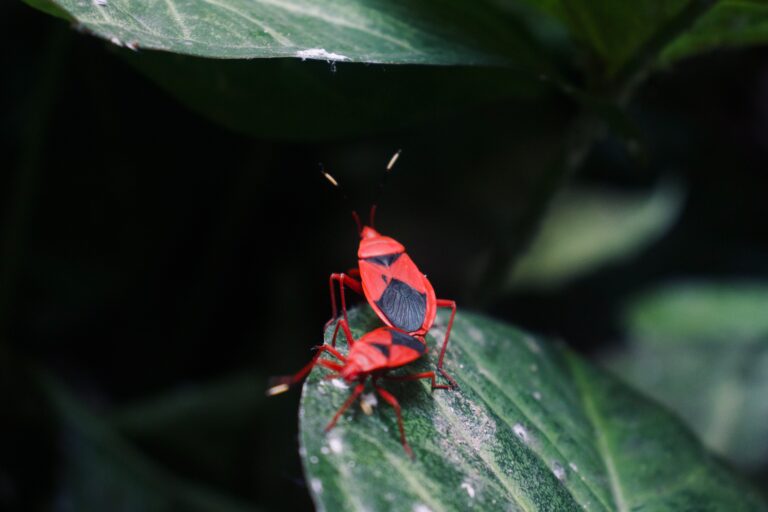
How can I tell the difference between bed bugs and other insects?
It’s all in the details! Bed bugs have that distinctive reddish-brown color and flat, apple-seed shape. On the flip side, carpet beetles flaunt their fashion with varied, colorful patterns on their backs. And bat bugs? They’re like the distant cousins, looking eerily similar but sporting longer hairs on their thorax. A good magnifying glass can be your best friend here!
Are the bugs that resemble bed bugs as harmful?
Most of these copycat critters are benign – more of a nuisance than a nightmare. Carpet beetles are fashionistas, feasting on your fabrics rather than your flesh. Bat bugs prefer bats, as their name suggests, but might nibble on humans if their preferred hosts aren’t around. Still, they don’t spread diseases like bed bugs can.
What should I do if I find bugs in my home that look like bed bugs?
Don’t hit the panic button just yet! Snap a close-up pic and compare it with images online or reach out to a local pest expert. If the unwelcome visitors are indeed bed bugs, it’s time to call in the cavalry — aka professional pest control.
Can cleaning habits prevent infestations of bed bugs or similar insects?
Absolutely! A tidy home is a mighty defense. Regular vacuuming can suck away any wannabe bed bug squatters and their eggs. Be vigilant with clutter, too. These bugs love hide-and-seek, so minimal hiding spots mean fewer surprises.
Will bed bugs and their look-alikes go away on their own?
Unfortunately, bed bugs and their cohorts aren’t keen on self-deportation. They’ll stick around as long as they have a cozy habitat and a steady food supply (i.e., you). So, acting fast is key to evict these pesky tenants.
